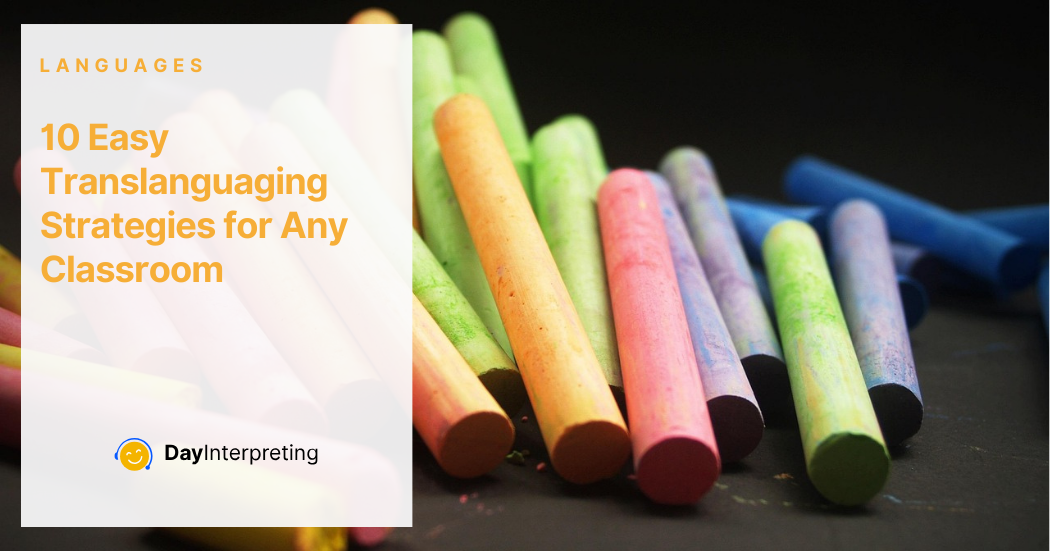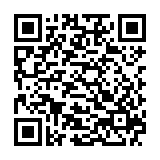Multilingual classrooms are no longer the exception, they’re the norm. Teachers around the world are finding themselves in front of students who speak two, three, or even more languages at home. Instead of asking students to leave those languages at the door, many educators are embracing translanguaging as a way to unlock learning. Translanguaging strategies enable students to utilize all their languages as resources for understanding, expression, and creativity.
And the best part? You don’t need to overhaul your entire curriculum to get started. Here are 10 simple, practical translanguaging strategies that work in any classroom.
1. Encourage Bilingual Note-Taking
Allow students to jot down notes in whichever language helps them process information fastest. They might write definitions in English but explanations in their home language. This makes information more meaningful and easier to recall.
2. Use Dual-Language Glossaries
Provide or have students create glossaries of key vocabulary in both the language of instruction and their strongest language. This bridges gaps in understanding while reinforcing new terms.
3. Pair Students Strategically
When possible, seat students who share a home language together for group discussions. They can work out complex concepts in their shared language before presenting ideas in the target language.
4. Allow Flexible Assessments
Instead of requiring an essay only in the language of instruction, allow students to respond bilingually. For example, they might write their main argument in English but include evidence or examples in their home language.
5. Integrate Multilingual Resources
Bring in books, videos, or news articles in multiple languages. Even if the whole class doesn’t understand them, multilingual students will feel validated and others will be exposed to different linguistic perspectives.
6. Celebrate Multilingual Storytelling
Encourage students to write poems, stories, or scripts that blend languages. Code-switching can be a powerful creative tool that validates identity and fosters engagement.
7. Use “Translanguaging Buddies”
Pair up students who speak different languages and have them explain key ideas to each other. The peer-to-peer exchange deepens comprehension and builds empathy across linguistic groups.
8. Incorporate Family Voices
Invite parents or community members to share knowledge in their own language—whether through storytelling, cooking demonstrations, or cultural presentations. This not only enriches lessons but also bridges school and home learning.
9. Encourage Multilingual Research
When assigning projects, allow students to gather sources in multiple languages. They can then synthesize the information in the classroom’s target language, ensuring deeper and more diverse insights.
10. Make Language Visible
Post multilingual word walls, classroom labels, and posters. Seeing multiple languages represented in the classroom environment affirms students’ identities and normalizes translanguaging as part of everyday learning.
Why These Translanguaging Strategies Work
These approaches recognize that multilingual students already possess powerful linguistic tools. Translanguaging doesn’t confuse learners, it empowers them. By creating space for all languages, you strengthen comprehension, boost confidence, and foster inclusivity.
For teachers, it’s not about mastering every language your students speak. It’s about creating a classroom culture that values linguistic diversity and uses it as a bridge to learning.
In a world where multilingualism is the reality, not the exception, these strategies help prepare students to navigate life, work, and learning with all the languages they carry.





0 Comments